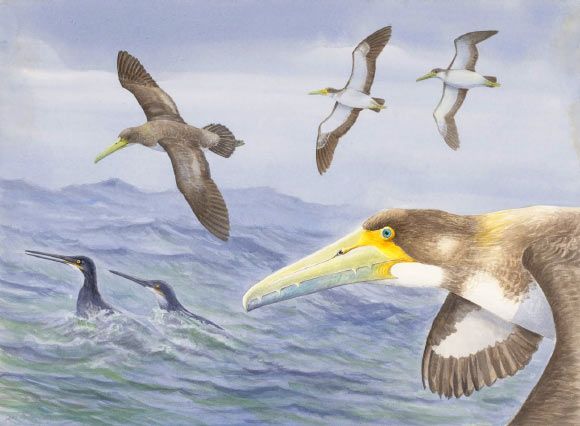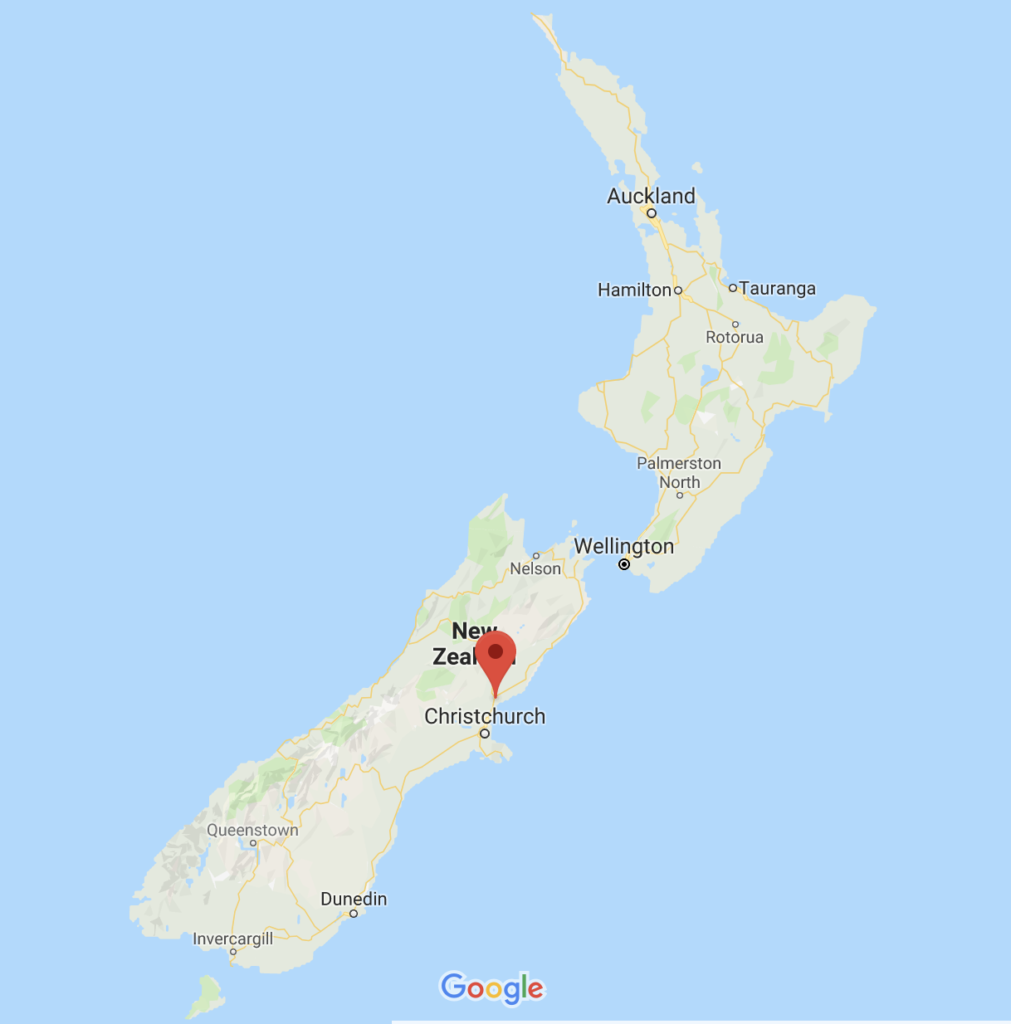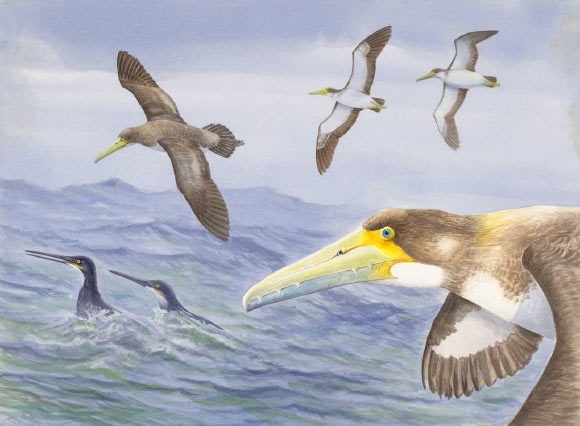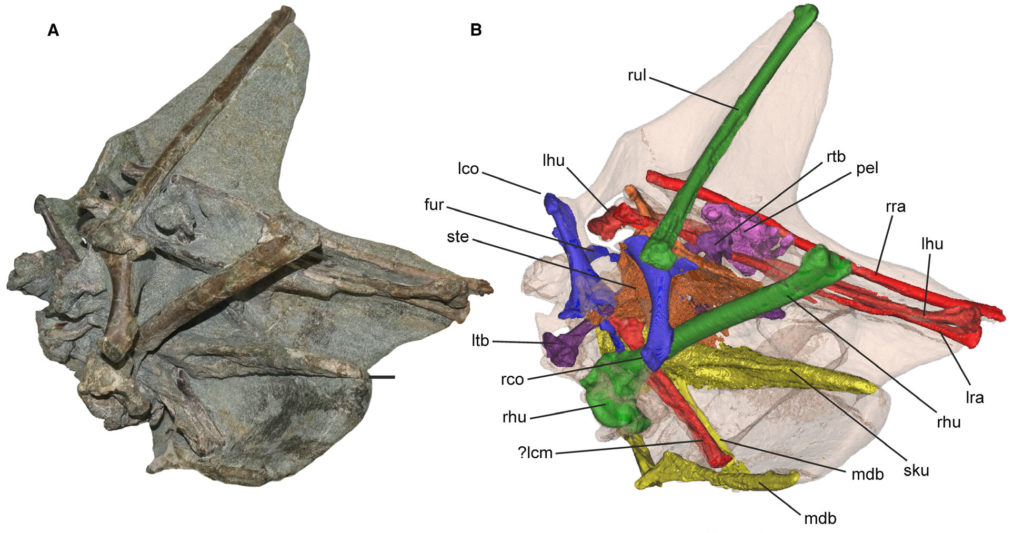A New Bird from New Zealand

Last week, a [paper] was published that described a new species of bird from New Zealand. New Zealand is an island nation in the Southern hemisphere, near Australia:

New Zealand doesn’t have a huge fossil record, especially of birds, so this new discovery is exciting for several reasons. It adds to the record of bird fossils in the Southern hemisphere and in New Zealand, and comes right after the announcement of a discovery of a giant parrot from the same nation. This bird, however, is from a line of extinct birds called the Pelagornithids.

These birds are known for having little ‘tooth-like’ pegs on their beaks. These are not teeth, however, just part of the edge of beak, hence how they got their name ‘pseudoteeth’ (=’false teeth’). They range in size from wingspans of 3 meters to 5-6 meters and were some of the largest birds to be able to fly. Their size restricted them to fly only in places with lots of wind, on which they would mostly glide.
The new species, Protodontopteryx ruthae, was smaller than all the others, with a wingspan of 1 meter. This smaller size indicates that this species may have been able to fly more actively than its larger relatives. In addition to the wings, the authors also describe the skull, hips, vertebrae, and the bones that connect the arms to the body, called the pectoral girdle.

Protodontopteryx is important for a few other reasons. Since it has pseudoteeth on its beak, it shows that those pegs evolved before the adaptations for gliding. It was found in sediments that are older than the locations for the other pelagornithids, and an analysis of evolutionary relationships indicated that it is a more basal (or earlier) member of the group. These two facts tell us that Protodontopteryxis the oldest and evolutionary earliest pelagornithid that we know, in addition to being the smallest. Let’s hope we find more amazing bird fossils in New Zealand!